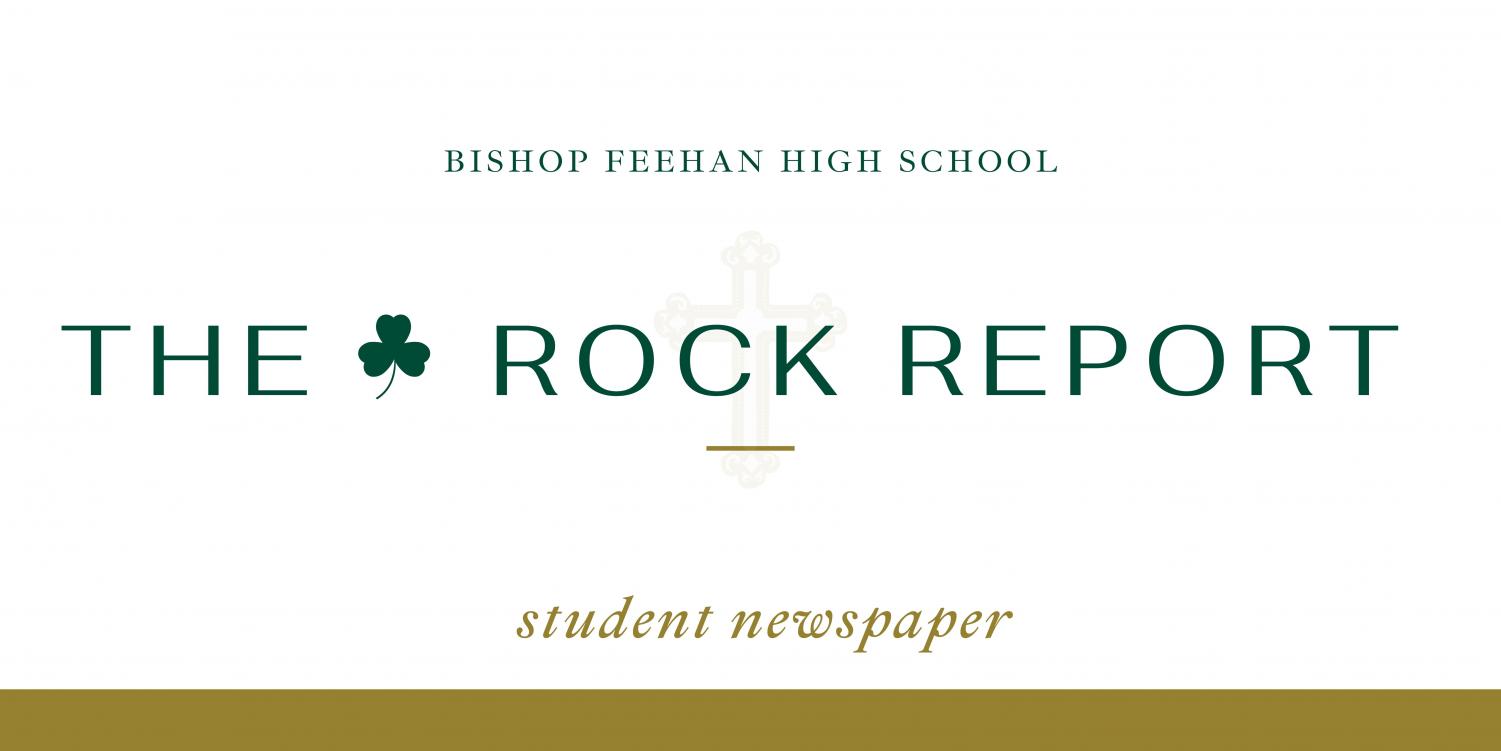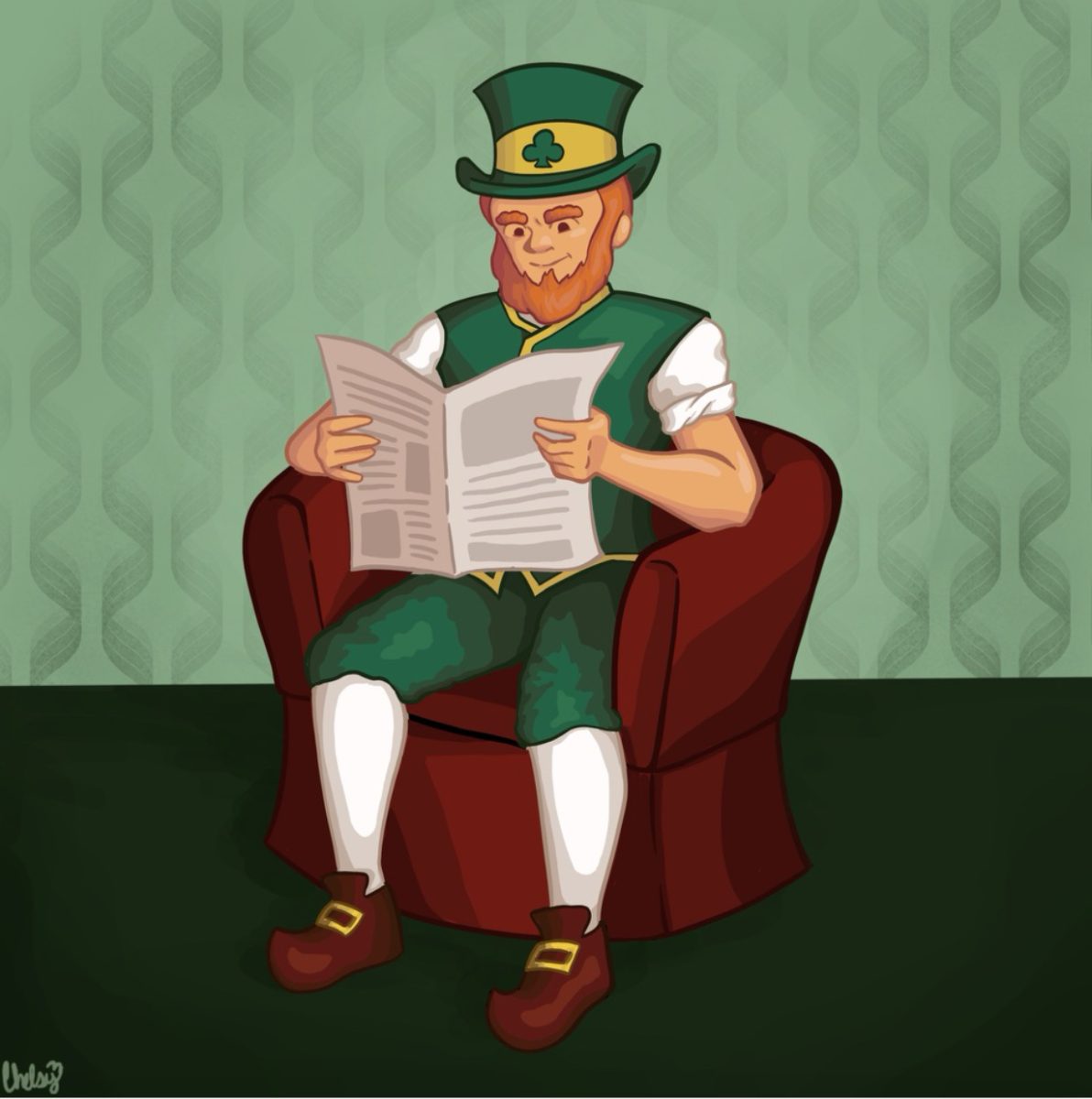St. Patrick’s Day
March 30, 2022
St. Patrick’s Day is a time of celebration, festive food, and lots of green. The namesake of this holiday is St. Patrick who is the patron saint of Ireland. St. Patrick was alive during the fifth century and is known for using the shamrock to explain the Holy Trinity. He used each leaf to symbolize one of the three parts of the Holy Trinity: the Father, Son, and the Holy Spirit. The first celebration of St. Patrick’s Day occured in the 1600s in a Spanish Colony that was located in modern-day Florida. Since its first celebration, St. Patrick’s Day has grown in popularity. On St. Patrick’s Day, you may see many familiar symbols and traditions in celebrations throughout the world that take place in countries such as Japan and Australia. The most well known symbol is the shamrock which is a symbol of rebirth and Irish pride. The leprechaun is another figure seen on this holiday, who originates from Celtic folklore. It is believed that leprechauns possess powers that can be used to do good or evil. They are also well known for seeking pots of gold at the end of rainbows. A tradition that is seen on St. Patrick’s Day is eating corned beef and cabbage for dinner. Irish soda bread is also another popular food. Other traditions include dying rivers green, listening to Irish music, and participating in St. Patrick’s Day parades. You don’t have to be Irish to celebrate this festive holiday. St. Patrick’s Day is meant to be a holiday that celebrates Irish culture, tradition, and history, which everyone is invited to be a part of.
https://www.history.com/topics/st-patricks-day/history-of-st-patricks-day#who-was-st-patrick
https://www.history.com/topics/st-patricks-day/st-patricks-day-symbols-and-traditions


















